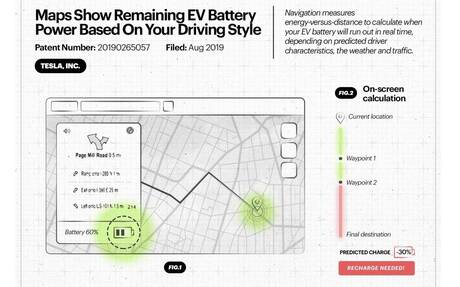5 Patent Applications That Show Tesla’s Genius… or Craziness
Like every other automaker, Tesla submits a number of patent applications for innovations that may or may not end up in its future vehicles. Some of these are pure genius, while others are probably too crazy or far-fetched to become viable.
Here are five of them. We’ll let you decide which category they belong to…
- Also: Toyota Boss Has Some Harsh Words About Tesla
- Also: Model 3 Rear Bumper May Fall Off Under Heavy Rain, Tesla Admits
1. Windshield-cleaning Laser Beams
Conventional windshield wipers work great under the rain or in snowy conditions, but often struggle to remove debris, dirt and insects smashed into the windshield. Tesla came up with a new system that uses laser beams projected by a device in the hood. When debris is detected, controlled laser beams pulse at a specially calibrated rate, removing the debris without damaging the glass surface.
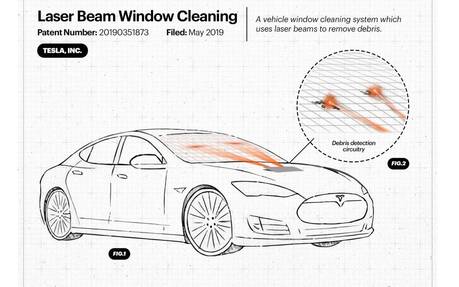
2. Touchscreen Steering Wheel
This innovation is much more realistic. In fact, a few car companies such as Mercedes-Benz have already started to offer haptic or touch-based controls on their steering wheels. The difference here is that Tesla wants to implement such controls to park or set the vehicle in motion (instead of using the gear selection stalk behind the wheel) or adjust the speed of Autopilot.
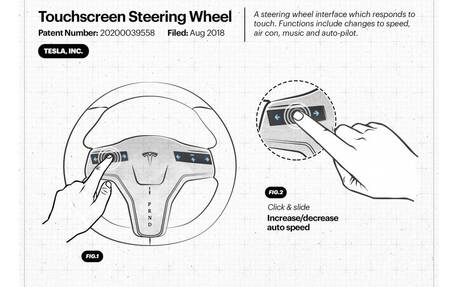
3. Seat Occupant Age Detection
Yes, safety sensors can already measure a passenger’s height and weight, but if a child or young teenager has roughly the same body type as a small adult woman, the vehicle may not detect the difference. Tesla wants to upgrade the sensors so they can accurately predict the age of a passenger in a variety of conditions—with posture, leg position and clothing considered—and adjust airbag deployment accordingly.
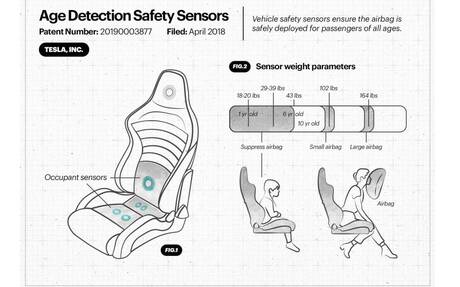
4. Improper Seat Belt Usage Detection
An improperly used or positioned seat belt increases the risk of injury in a crash. Once again, Tesla wants upgraded sensors to identify if a person tucks the seat belt underneath their arm or behind their back, for example. In such event, an alert would be triggered.
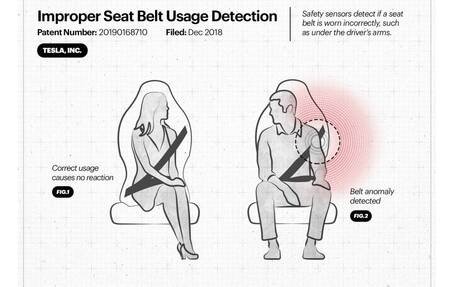
5. EV Range Indicator Based on Driving Style
Other electric vehicles have similar technology, but Tesla’s system is set to be the first that uses the “energy-versus-distance” measure, making decisions based on driving habits including predicted speed and use of air conditioning, as well as weather and traffic info in real time.
